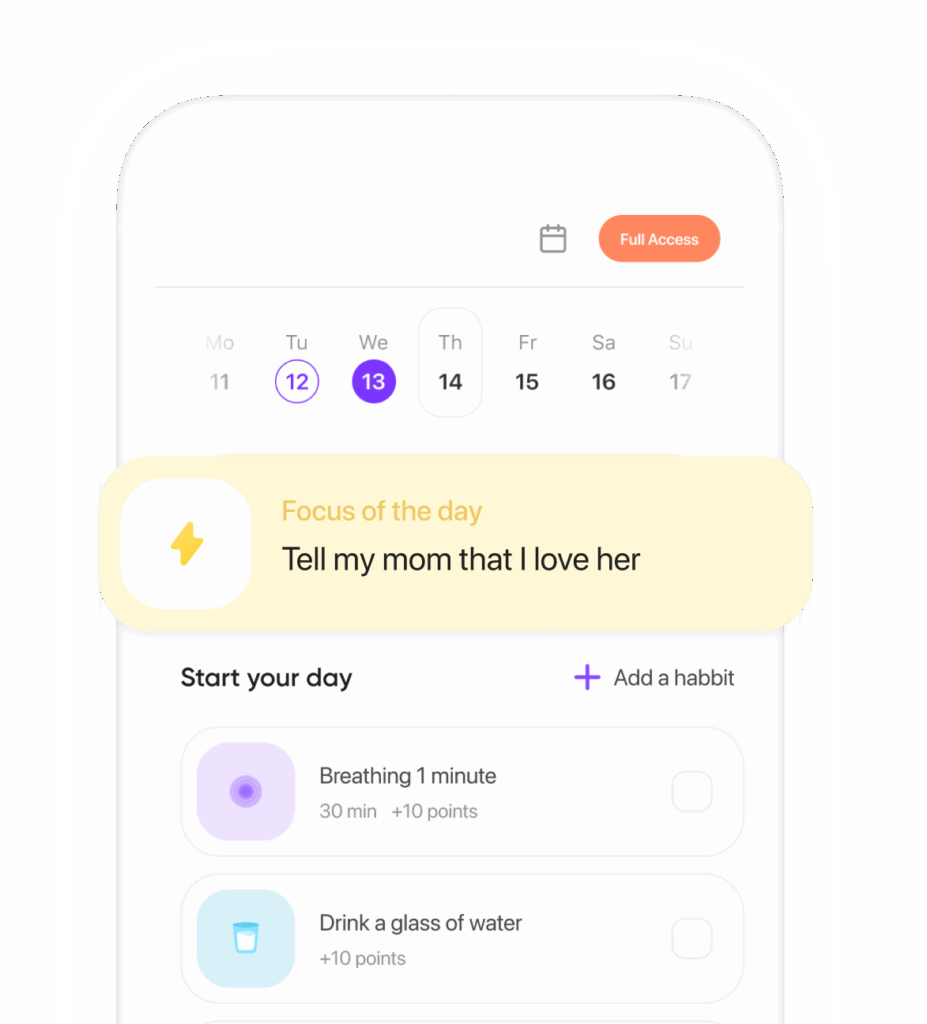In today’s lightning-fast world, anxiety is no stranger—especially among Gen Z and Millennial women. The dance between work, personal life, and the social whirlwind can be… well, overwhelming. So, what if there’s a simple yet underused method to tackle this? Enter: Journaling. It’s an overlooked tool, yet journaling for anxiety offers a space to explore thoughts and emotions, calming the mind and promoting mental health. Who wouldn’t want that?
Table of Contents
- The Science Behind Journaling
- How Journaling Helps Calm Anxiety
- Getting Started with Journaling for Anxiety
- Types of Journaling Techniques
- Overcoming Challenges in Journaling
- Real-Life Success Stories
- Journaling Apps and Tools
- Conclusion
- References
The Science Behind Journaling
Why does journaling work? Research tells us a compelling story. Expressive writing, according to a study in the Journal of Affective Disorders, significantly boosts mental health by easing depressive symptoms and anxiety (Baikie & Wilhelm, 2005). It’s like pouring cluttered thoughts onto pages, making room for clarity. Strange but true—writing acts as a vessel for emotions, clearing the mind and sometimes even solving problems.
How Journaling Helps Calm Anxiety
-
Emotional Release
Writing is judgment-free. It lets you spill emotions without a second thought. By jotting down what’s on your mind, you defuse pent-up tensions—getting rid of anxiety, bit by bit. A study by Pennebaker and Beall (1986) showed writing about emotions actually benefits both mind and body. Words as medics? Who would have thought?
-
Cognitive Restructuring
Spotting those pesky negative thoughts? Journaling offers a way to catch them red-handed. By recognizing and challenging these patterns, you nudge your mind towards positivity. It’s called cognitive restructuring, a cornerstone of cognitive-behavioral therapy (CBT)—a go-to treatment for anxiety. Why not have a shot at it?
-
Mindfulness and Reflection
Writing roots you in the present. When you pen down your day, you’re nudging yourself to consider your feelings and actions—a path to insight and self-appreciation. According to the Journal of Clinical Psychology, mindfulness practices, journaling included, reduce anxiety and stress (Hofmann et al., 2010). A peaceful mind is just a journal entry away.
Getting Started with Journaling for Anxiety
-
Choose the Right Journal
Start with something that speaks to you—a notebook or perhaps a digital diary. Personal connection makes writing inviting.
-
Set Aside Time
Make journaling a daily ritual. Consistency turns this practice into a reliable anxiety management tool.
-
Start with Prompts
Unsure where to begin? Prompts like “What made me smile today?” can get those creative juices flowing—and keep them going.
Types of Journaling Techniques
-
Expressive Writing
Dive deep into your emotions. Let the ink process what the mind often can’t. A touching way to draw down anxiety.
-
Gratitude Journaling
Count your blessings. Each day. A litany of life’s positives can turn frowns into smiles. A cheerleader for mental well-being.
-
Bullet Journaling
Organize with flair. Tasks, notes, ideas—wrangled neatly. It can boost productivity and mellow out stress.
Overcoming Challenges in Journaling
-
Perfectionism
Rushing for that flawless sentence? Forget it. What’s more important is free expression, not Shakespearean prose.
-
Writer’s Block
Stuck? Don’t sweat it—pause or switch prompts. Journaling’s rule; there are no rules.
Real-Life Success Stories
Meet Anna. She’s 28, works in marketing, and has tangoed closely with anxiety. Nightly journaling on her achievements and emotions became her anchor. It’s no surprise she credits her newfound peace to this simple practice.
Journaling Apps and Tools
For digital enthusiasts, apps like Day One, Journey, and Penzu offer features from mood tracking to cloud storage—just a tap away for your journaling adventure.
Conclusion
Journaling for anxiety isn’t merely an age-old tool; it’s a science-backed method to ease our overcrowded minds. It’s a platform for emotions, fostering mindfulness, and overturning those pesky negative thoughts. Dive into the world of journaling today—and water your garden of calmness. Time will amplify the rewards, no doubt.
So, shall we begin this journey to serenity with a pen—or keyboard—in hand?
References
- Baikie, K. A., & Wilhelm, K. (2005). Emotional and physical health benefits of expressive writing. Advances in Psychiatric Treatment, 11(5), 338-346.
- Pennebaker, J. W., & Beall, S. K. (1986). Confronting a traumatic event: Toward an understanding of inhibition and disease. Journal of Abnormal Psychology, 95(3), 274–281.
- Hofmann, S. G., Sawyer, A. T., Witt, A. A., & Oh, D. (2010). The effect of mindfulness-based therapy on anxiety and depression: A meta-analytic review. Journal of Consulting and Clinical Psychology, 78(2), 169–183.
Ready to transform your life? Install now ↴
Join 1.5M+ people using AI-powered app for better mental health, habits, and happiness. 90% of users report positive changes in 2 weeks.
